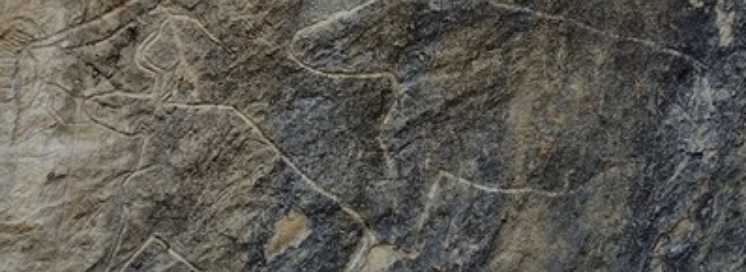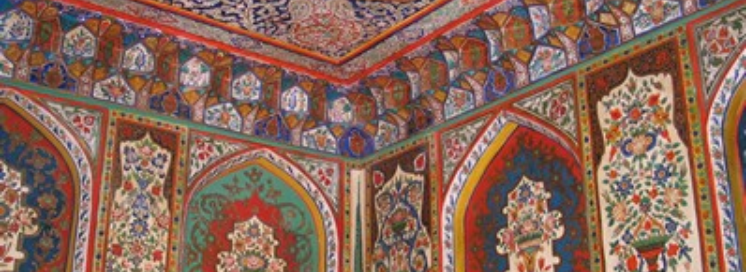Azerbaijan Culture
Azerbaijan culture is tightly bound with the history, religious beliefs, national traditions and values of the country. Its history goes back to primitive times, passes through pagan temples, monumental architectural constructions of the early Medieval Ages, relates to the Islamic culture, reflects the influence of Russian traditions and brings this legacy to the modern world.
Rock carvings
Gobustan petroglyphs describe an ancient Azerbaijan culture in manuscripts that reached us through millennia. Already in the Mesolithic Era, unknown artists captured significant moments of community life on stones. The drawings reflected hunting, environment, ritual customs, dances and others. Stone and ceramic figures of people and animals have been preserved dating back to the epoch of Neolithic. There are remains of the ceramic dishes of that period in the museum archives discovered on the territory of the modern Azerbaijan.

KHOJALY GENOCIDE External link
Islamic culture
Culture of Azerbaijan has also been formed under the influence of Islamic traditions. During the period of Arab conquest, many architectural constructions have appeared: mosques, mausoleums, minarets. Geometrically correct shapes of the buildings were adorned with exquisite patterns and arches. Later t regional schools were established; each region had its unique style. For instance, sculptors of Nakhichevan paid more attention to the finishing of the buildings using ceramics. Masters of shirvan-apsheron school would stand out with succinct combination of architectural forms and smooth walls.
Islamic culture of Azerbaijan flourished in the period of the Seljuk state. Today tourists enjoy the rich legacy inherited from the architects of that time: mausoleum in Juga, Momina-khatun mausoleum, Yusuf ibn Kesseyir mausoleum. Famous Maiden Tower in Baku was also constructed in the times of Seljuks. Few centuries later, the stone legacy was replenished by Nardaran fortress, round castle (Mardakyan), “Bail rocks” and others. Ceramic schools of Azerbaijan, namely Bailakan and Ganja, were born in that period. Classics of Persian literature and poetry had a great impact on the Azerbaijan art. Namely, Shirvani, Ganjavi and of course, Nizami with his well-known cycle of five poems “Khamsa”.
Applied arts
Azerbaijan traditions found its reflection in the décor interior: house walls of wealthy people were decorated with exquisite patterns with elements of planting motives. Carpets were indispensable attribute of each house regardless of the welfare of its owner. Azerbaijan carpets are still a signature of the country as well as the most spread local craft. Thanks to popularity of this applied art in Azerbaijan, there are several schools of carpet weaving known beyond the country. The best exhibits adorn private collections and halls of the famous museums of the world.

KHOJALY GENOCIDE External link
